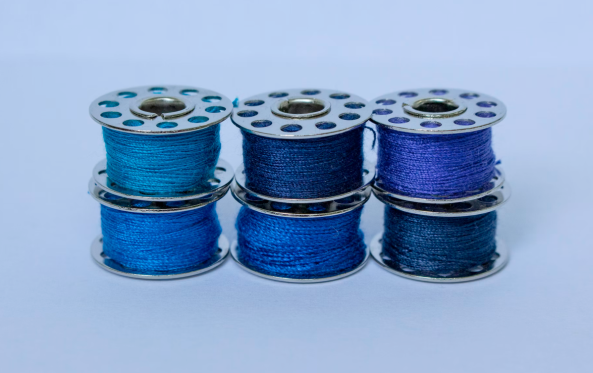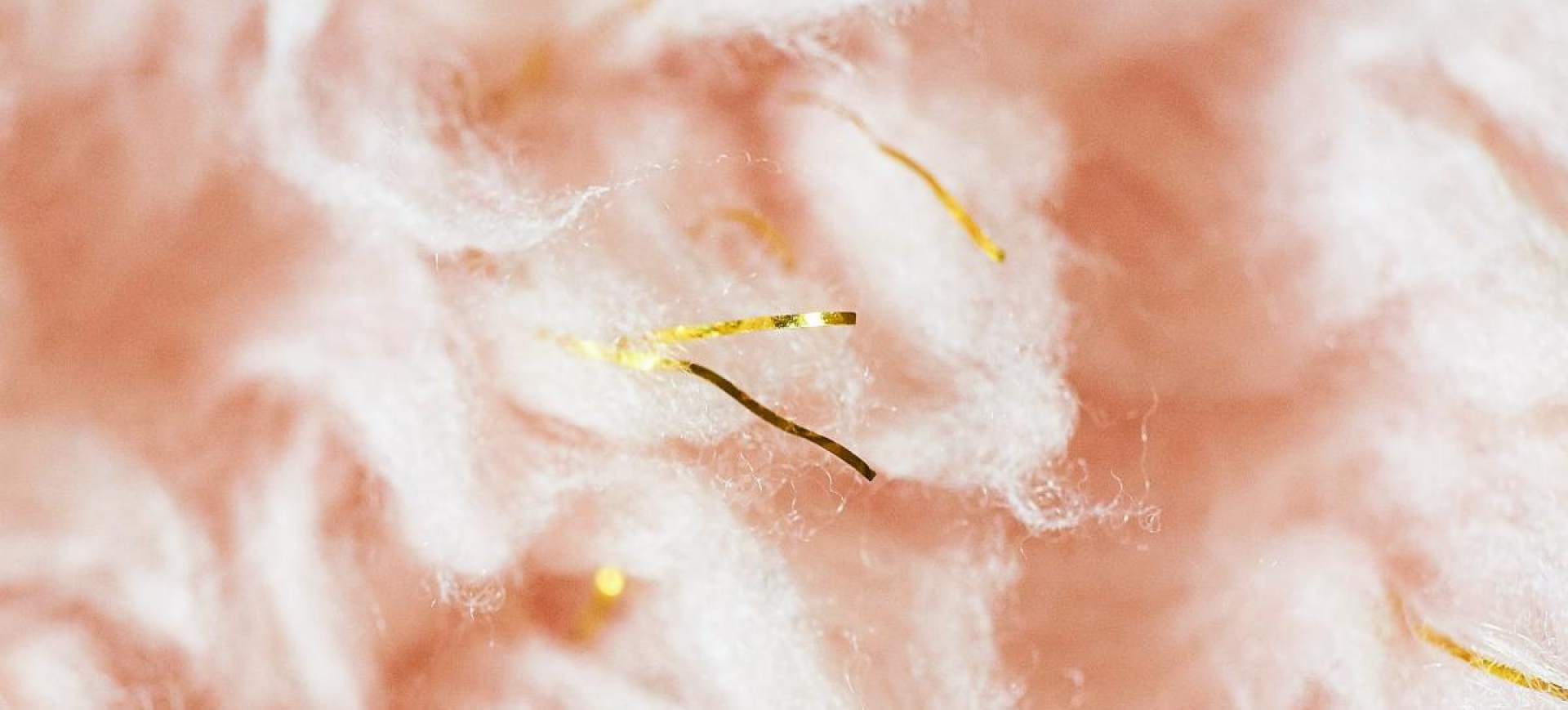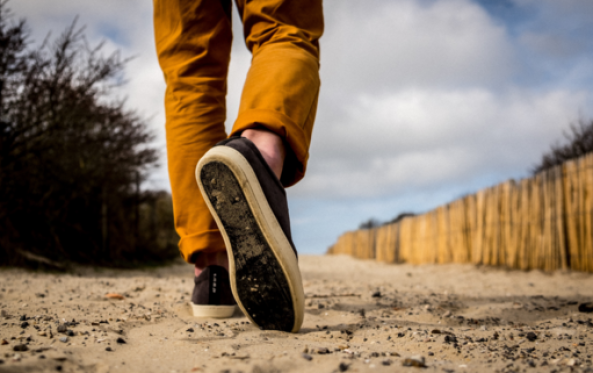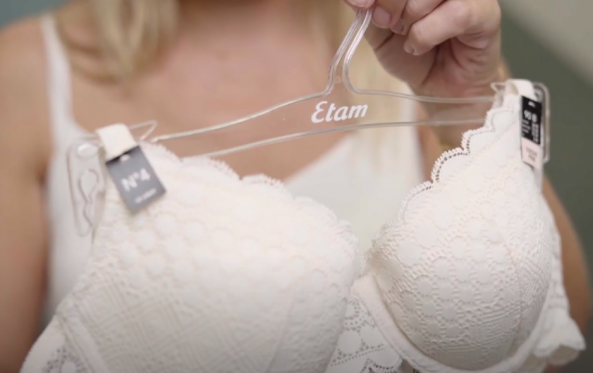
13th edition of Refashion Innovation Challenge
Refashion's Innovation Challenge is back for its 13th edition! Find out more about the call for R&D projects and how to apply!

Refashion's Innovation Challenge is back for its 13th edition! Find out more about the call for R&D projects and how to apply!

Pour la 2ème édition de son appel à projets annuel dédié au réemploi, Refashion soutient 35 projets en France métropolitaine et à La Réunion.|Pour la 2ème édition de son appel à projets annuel dédié au réemploi, Refashion soutient 35 projets en France métropolitaine et à La Réunion.
Project developers: Management / Product development / Purchasing Partners : Design / Quality / Recycler / Sorting operator

The recycling of end-of-life textile and footwear products is complicated by two types of disruptors: internal disruptors and external disruptors.
Internal disruptors are the components or structural elements of the fabric, whilst external disruptors are elements external to the fabric (directly sewn or glued onto the product) and which can be separated from it.
Materials are considered to be internal disruptors. It is therefore essential to reflect on their composition in order to facilitate their recycling and reuse.
Complexity of implementation
Estimated economic gain
Human means
Implementation timeframes
Try it! : Follow the sheet step by step and have a go!
Raise awareness among designers as regards eco-design and present eco-design recommendations to them (See Sheet Try it !: Training my personnel in the stakes of eco-design).
This stage is key to the success of the initiative. These are the people who will be choosing the materials and accessories composing the products and it is essential that the environment is also considered in the decisions they will make (price, design, quality etc.),
Ensure that materials can be easily sorted (separated from other elements of the product) to be able to be recycled. For example, leather can currently only be recycled from production offcuts and not from footwear. Facilitating material separation in footwear therefore constitutes one of the keys to success as regards footwear recycling.
Consider the composition of the material. Prefer single material fabrics (or fabrics containing a maximum of two materials) and avoid elastane (not more than 5%) as it causes mechanical problems during recycling. These elements can be incorporated into specifications.
Assess the thread count. Thread counts which are too low can disrupt recycling. A minimum thread count can be fixed in the specifications in order to ensure that it isn't too low.
Knitwear construction or fabric structure can also put a brake on recycling. Avoid fabrics which are too stretchable, too complex or too thick and avoid warp knits / run-resistant materials.
Consider material ennobling. Finishes, which give new properties to materials, nevertheless constitute a brake to recycling. Reduce the quantities of finishes on products and prefer functional finishes as opposed to purely aesthetic finishes. More particularly, avoid glues, coatings or flockings.
Among the products of the textile collection, identify the materials which will be able to be recycled at end-of-life according to the recommendations set out in the previous stages (composition, thread, construction / structure, ennobling).
Try to gradually increase the proportion of recycled material in textile collections by taking action according to the recommendations set out in the previous stages.
Initially prefer materials used for basic products and restocking as well as materials which are used in several of the collection's products in order to make good use of the time spent working on the project.
At the end of season review, promote the products which have performed well commercially in order to take inspiration from them for future collections.
Proportion of recyclable material in collections.
Average number of elements disrupting recycling in materials.
If the organisation has no control over the development of materials, product managers and purchasers must exchange with suppliers as much as possible in order to apply the recommendations set out in the sheet.

Products that are Eco-designed and Made in France

A start-up which is embracing the circular economy

Watch Stéphane and Gaëlle telling us about their approach at ETAM